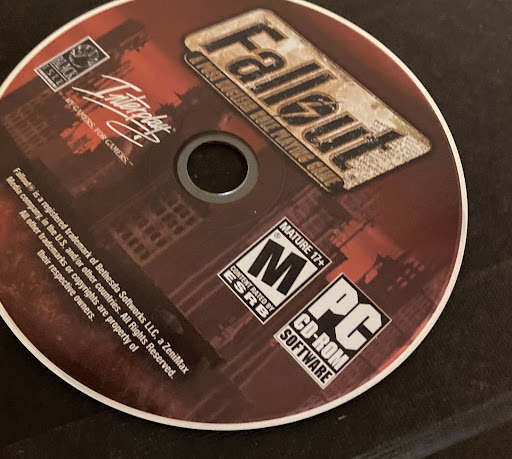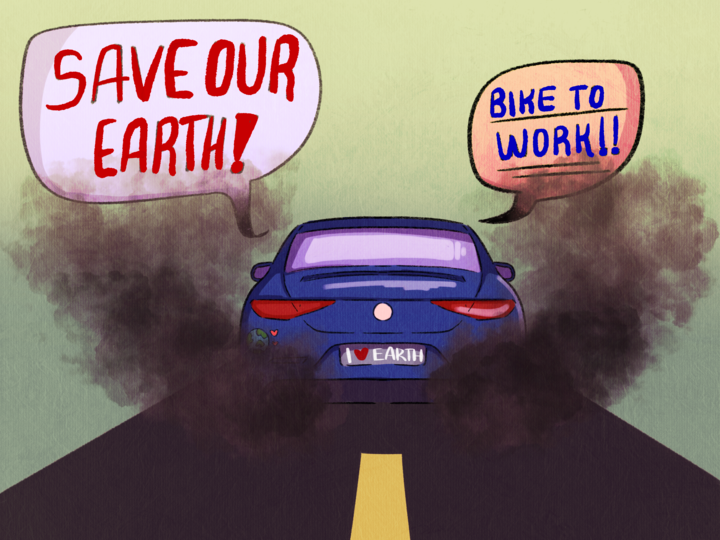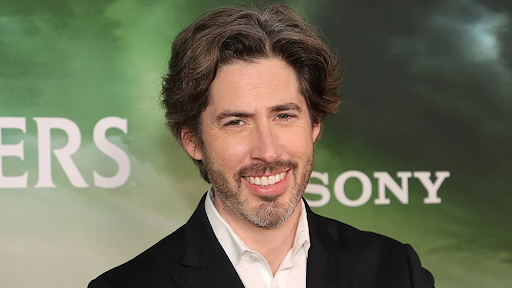Adele is back. And after just a single listen of her newest album, 25, it’s clear she’s back with a vengeance.
Her first full-length release after her nearly five-year hiatus is currently smashing records and dominating the world’s charts. Her booming vocal performance on “Hello” can be heard almost ubiquitously.
The world hasn’t seen anything like 25 since Nielsen SoundScan began tracking weekly record sales in 1991. The album’s success is doubly impressive as it is setting sales records in an era where record sales are at an all-time low.
Adele has achieved something with 25 that her contemporaries like Taylor Swift, Katy Perry, Lady Gaga and Beyoncé—all pop princesses in their own rights—cannot even come close to. So what’s the difference?
Adele’s music is honest. It’s raw. It’s heartbreak, hope, nostalgia and passion wrapped together and packaged in a jewel case with Adele’s sepia-toned portrait staring back at you with the breathless intensity she captures in her music.
The album truly is a masterpiece; broad, lush string sections and the rich harmonies of the backing vocalists support Adele’s sweeping vocal performances. Arpeggiating pianos and thumping, live bass drums drive many of the songs on the record.
Therein lies the difference between Adele and the rest of the pop music industry: Adele’s music is authentic.
It’s real. Musicality was the priority, not album sales. When an artist focuses on the art rather than the outcome, sales and success will naturally follow.
Adele’s peers seem to have lost sight of that truth.
Taylor Swift brought in a slew of new producers during her transition from country darling to pop princess. While the move helped launch her pop career, the step away from her authentic self—the self that wrote her own songs in her bedroom and captured the heart of America—inhibited her ability to reach the level of success that Adele has.
Katy Perry’s plethora of mega-hits are engineered to induce a dopamine rush at every chorus.
Beyoncé’s hits depend on driving, over-produced beats to create danceable tracks.
There is nothing inherently wrong with the approach of all of these performers. Each has attained unimaginable levels of success, and each has left a mark on the industry that will remain for years to come.
To understand why Adele is smashing records while her contemporaries are not, simply compare what it took to make 25 and any other hit album: Swift’s 1989, for example. 25 featured a host of musicians on a wide variety of instruments: Piano, strings, percussion, guitar and backing vocals all came together to create the album’s signature sound.
In stark contrast, 1989 features, for the most part, Swift singing over a track created electronically by her producers. The drums are noticeably electronic and the album is laden with synthesizer-generated melodies.
Swift’s 1989 reached levels of success she could’ve only imagined in her wildest dreams. But her album, like most pop albums being released, was disposable; it lacked the artistry and authenticity that 25 so elegantly embodies.
The average listener won’t shell out $7-10 to buy a full album. With streaming services like Spotify and Tidal so easily accessible, why waste the money? The price of a single album can easily pay for a month’s worth of streaming. And yet, with 25 withheld from such services, Adele fans are flocking to iTunes and even physical retail stores to purchase a copy of the record for themselves.
25 broke the mold of modern pop albums. The record is refreshing and raw and unlike anything else released. And that’s exactly why so many people are buying the album: not simply because it is good, but because it is inherently human.
Follow Graham Place on Twitter.








